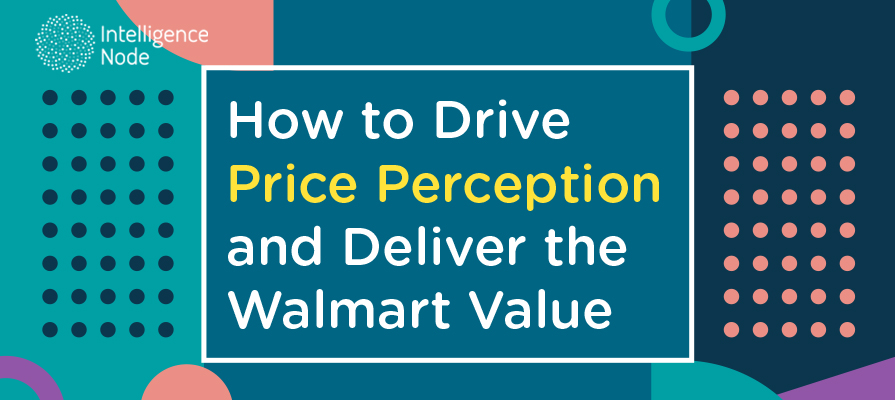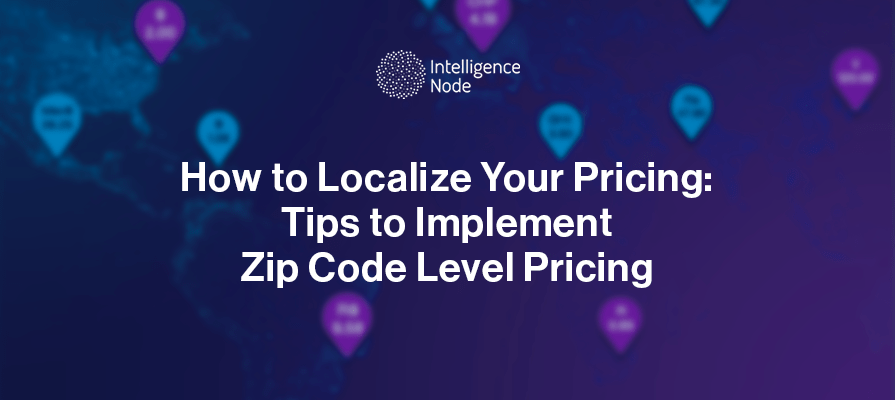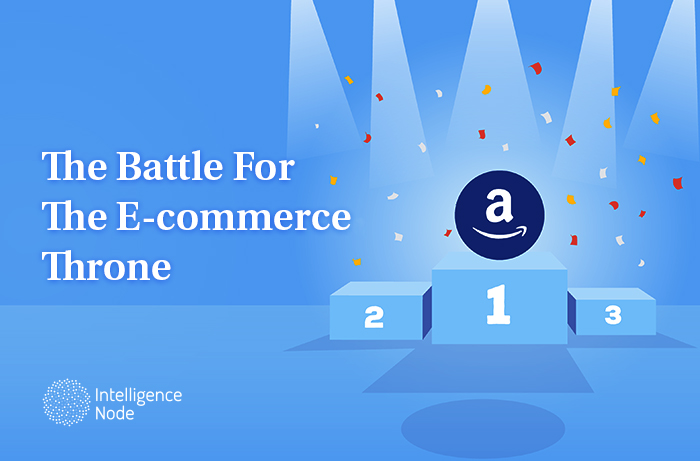With industry leaders like Walmart, Amazon, and Target setting the standard, matching your prices in real-time is becoming an increasingly difficult task. These big-name brands shrewdly utilize powerful proprietary algorithms to make their offers nearly impossible to beat. Walmart has aggressively sped up its digitization in the last five years to come up to speed with Amazon.
On the other side of the coin, you have customers growing increasingly aware of commerce trends and constantly seeking greater value. As a result, retailers are finding themselves embroiled in an escalating battle of competitive pricing.
Given this precarious landscape, you need to figure out the best way to control how consumers perceive your prices and value-for-money. You can no longer take the consumers’ perception about your store for granted and expect to retain a pre-set price-point. We have been perfecting an AI-driven solution to Walmart price matching API, setting the blueprint for years to come: A dynamic data-driven solution to help you set and optimize competitive prices.
Let’s dive into what the core angles of such a dynamic solution look like.
The importance of matching Walmart pricing strategy
It’s not rocket science: Offering lower prices is a surefire way to gain customer loyalty. If you can list similar items at cheaper rates than your competitors, you’re sure to attract the comparison shoppers looking for a better bang for their buck, to your eCommerce channels.
This is why price matching software has earned so much market traction; they help retailers essentially promise their audience greater savings for every purchase. And Walmart still reigns in providing the best deals and offering price match policy for their customers. This strategy has helped it gain a lot of trust, good publicity, and to retain customers.
Moreover, Walmart still leads the pack of consumer packaged goods (CPG) providers, with its superior offline network. It’s also making a concentrated effort to digitize the low-cost shopping experience by offering price match across its platforms, in order to keep pace with Amazon, which has made a killing with its abundance of special deals and promotions for loyal Prime members.
So, how can you compete with Walmart pricing? Well, we can start off by first considering the importance of price perception.
There’s more to customer value than the displayed price
It’s worth noting that not every brand strives to offer the cheapest prices. Some take a slightly different approach centered on ensuring worthwhile value for the products offered.
Let’s look at Trader Joe’s, a grocery chain whose claim to fame has never solely centered around low costs. They’ve always taken a holistic approach to their customers, products, and price tags to build a loyal following. And it’s worked! Trader Joe’s can boast one of 2019’s highest scores in value perception, despite not always having rock-bottom prices.
In fact, price perception often relies on several intertwined components. According to one industry report, customers can be just as powerfully swayed by exclusive deals, personalized promotions, product assortment, private labels, brand messaging, and in-store experience as they can be by low base prices.
Trader Joe’s sustained success is a testament to this very reality: Price isn’t the only factor influencing price perception.
A balanced price perception strategy is the key to sustained profits
If you’re a retailer or brand operating online, there’s often a disconnect between what your prices are and what your customers expect your prices to be. But if you can direct the latter, you’ll have the ability to dictate your brand value and proactively compete with Walmart pricing.
Thus, the question at hand is how to optimize what you charge without pricing yourself out. After all, if you “beat” your competition in the race to the bottom, you risk reducing your margins to dangerous degrees. Stories centered around price matching often cite instances of getting trapped in the discounting cycle that only spirals downwards. The premise of optimized pricing is based on, can easily be confused with offering the lowest prices.
And here’s the problem: With many companies, pricing tactics are lacking at best. Rather than implementing a comprehensive strategy, they turn to gimmicks or knee-jerk reactions – short-term wins that neglect consideration of the long game.
To have a leg up on your competition, you need real-time monitoring across thousands of stock-keeping units (SKUs) to identify key value categories and items. With proper data analytics in your pocket, you can ask and answer the following important questions:
Which items’ prices matter most? Which items have the biggest pull on price perception? What pricing strategies are competitors adopting, and how can you match them? And which items can you afford to reduce in price to win loyalty and boost that very perception? Conversely, which items can you keep more expensive to make up the margins with price perception? Are there certain items or product categories that compel subsequent purchases? What are they, and what makes them so special?
Beyond product data, your strategy needs to account for buyer habits and characteristics, competitor movements, and current trends. How often do buyers purchase certain products? Which products are out of stock across competition? What categories are trending and seeing increased demand?
It almost seems silly to dive into a pricing strategy without fully evaluating such questions. But that’s what many retailers are doing – constructing a cost scheme without thoroughly investigating purchasing tendencies and competitor landscape.
Intelligence Node’s resources provide the foundation for strategic pricing
To best position yourself against the competition, you need a holistic approach to price setting. That’s what our price match API is for: Utilizing real-time cost analytics and product comparisons to make informed decisions.
It goes a step beyond the Walmart price match device to propel your potential for optimizing margins. Because, as discussed, price matching isn’t everything; you need to know both when and for which products to alter prices, which to provide discounts on, and which items to hone in on.
Furthermore, our handy price match API tirelessly scans the market to ensure you always have a comprehensive picture of current trends. When used in tandem with the Inoptimizer solution, you’ll consistently enjoy dynamic, front-to-back insights as well as actionable, data-fueled recommendations for each product.
Finally, it’s worth noting that intelligent pricing isn’t one of those splashy instant-revenue formulae you see in movies. Rather, it’s a gradual marathon delivering consistent improvements of percentage points along the way. Over time, by taking into account industry standards, retail trends, competitor movements, and consumer price perception, you can effectively compete with Walmart pricing and rack up impressive profits of your own.





